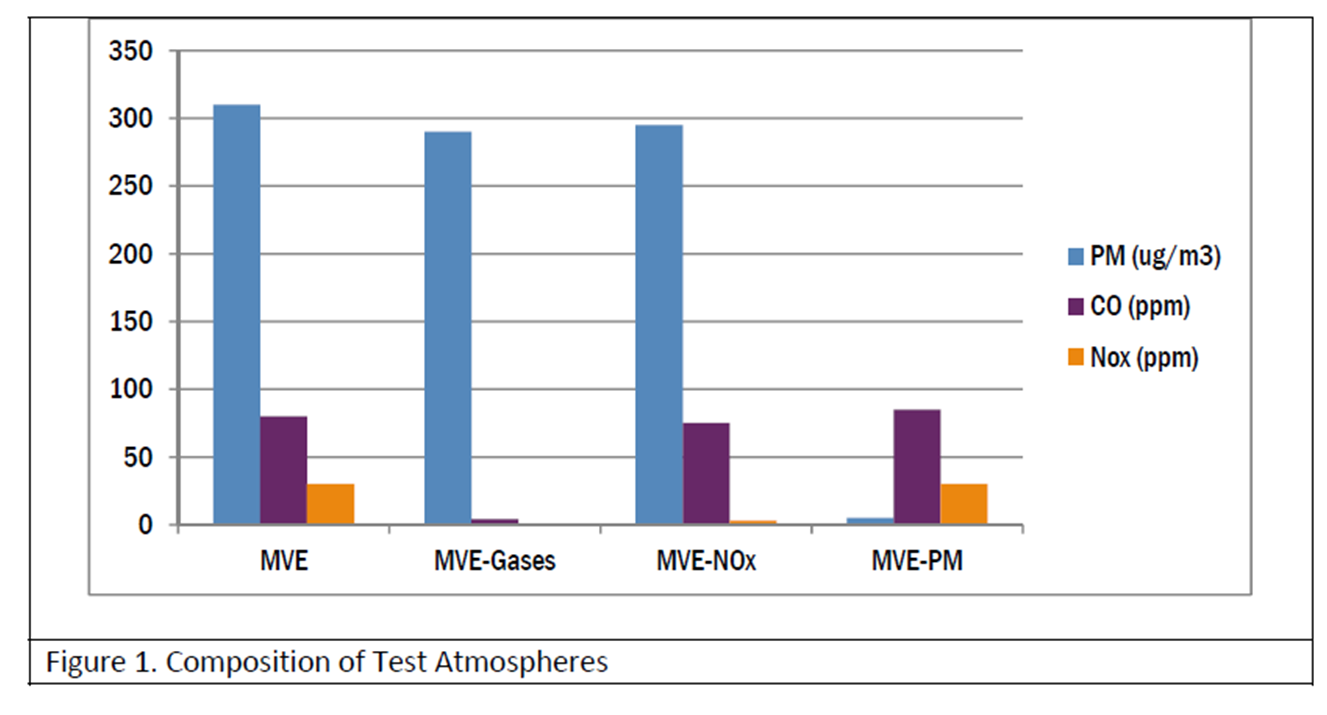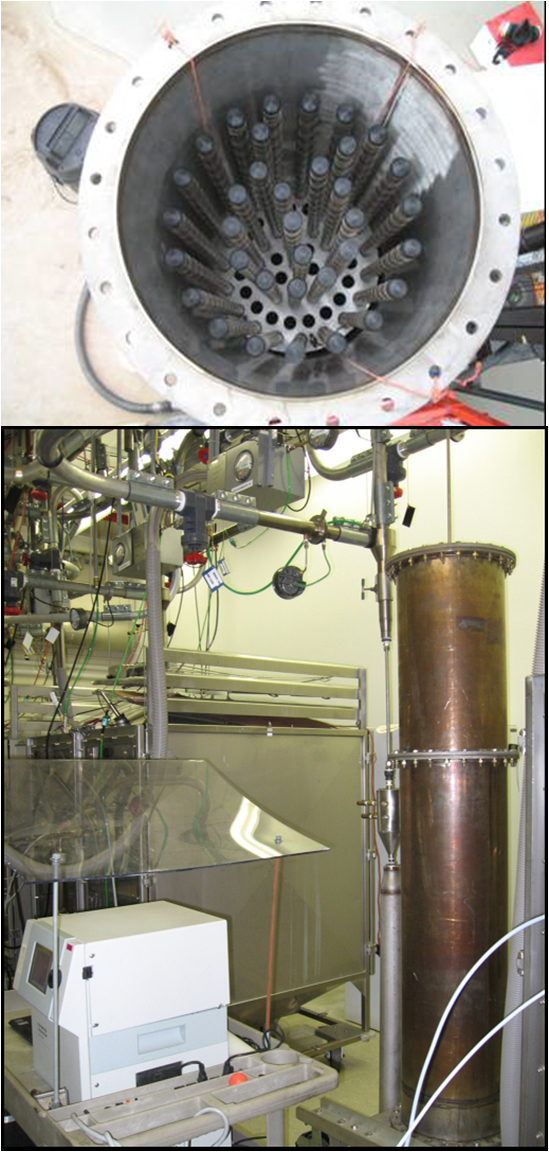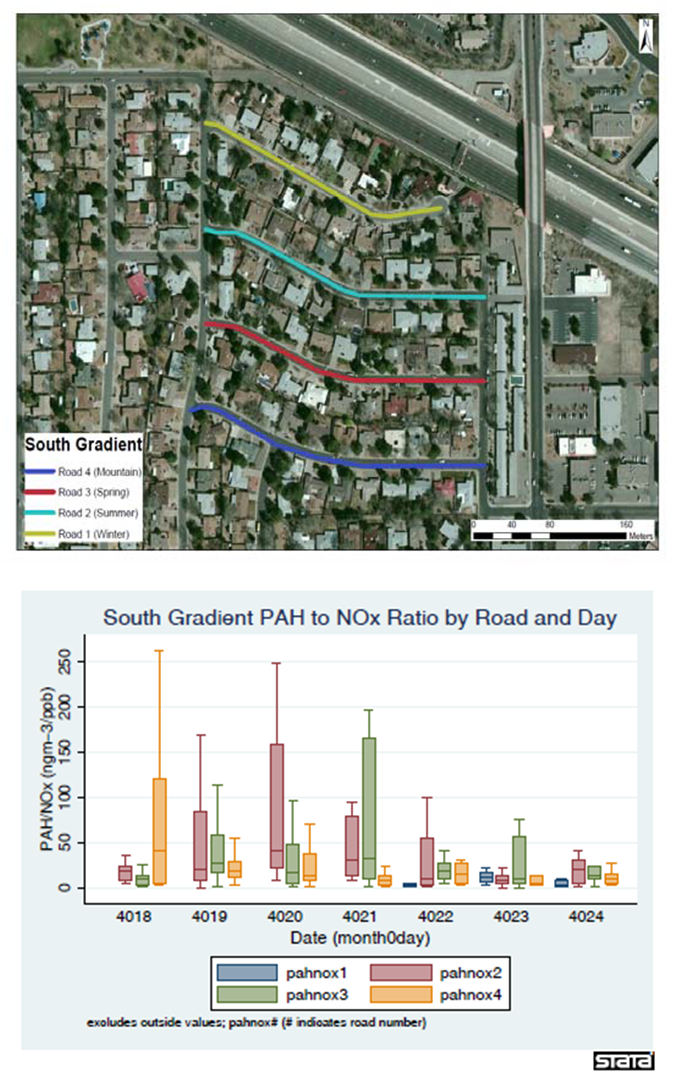Grantee Research Project Results
2013 Progress Report: Simulated Roadway Exposure Atmospheres for Laboratory Animal and Human Studies
EPA Grant Number: R834796C002Subproject: this is subproject number 002 , established and managed by the Center Director under grant R834796
(EPA does not fund or establish subprojects; EPA awards and manages the overall grant for this center).
Center: University of Washington Center for Clean Air Research
Center Director: Vedal, Sverre
Title: Simulated Roadway Exposure Atmospheres for Laboratory Animal and Human Studies
Investigators: McDonald, Jacob D. , Mauderly, Joe L. , Larson, Timothy V. , Doyle-Eisele, Melanie
Current Investigators: McDonald, Jacob D.
Institution: Lovelace Biomedical & Environmental Research Institute
EPA Project Officer: Callan, Richard
Project Period: December 1, 2010 through November 30, 2015 (Extended to November 30, 2017)
Project Period Covered by this Report: December 1, 2012 through November 30,2013
RFA: Clean Air Research Centers (2009) RFA Text | Recipients Lists
Research Category: Human Health , Air
Objective:
Progress Summary:
- Mixed motor vehicle exhaust
- Mixed motor vehicle exhaust minus particles
- Mixed motor vehicle exhaust minus gases (includes particles)
- Mixed motor vehicle exhaust minus NOx and ultrafines (simulates downwind)
- These atmospheres were developed to address key CCAR questions related to transformation and multipolltant components that are most important for toxicity. To develop atmospheres minus particles, HEPA filters are used. The atmospheres remove 99% of the particles and permit the gases to pass through. The atmosphere with the gases removed was developed with the use of the HARVARD parallel plate denuder. The denuder was loaned to CCAR from the Harvard CLARC. This denuder allows the removal of 95% of all gases with only small (<5%) particle loss, mostly in the ultrafine range. A fourth condition uses the DRI cobalt oxide denuder (see below) to remove NOx and ultrafine particles. The NOx denuder removes 95% of the NOx and allows other gases to pass through. It also removes the smallest fraction of particles that may agglomerate and be removed in close proximity to roadways. Figures 4 and 5 illustrate the change in particle size resulting from the denuder.



Future Activities:
Journal Articles on this Report : 1 Displayed | Download in RIS Format
| Other subproject views: | All 14 publications | 5 publications in selected types | All 5 journal articles |
|---|---|---|---|
| Other center views: | All 197 publications | 94 publications in selected types | All 93 journal articles |
| Type | Citation | ||
|---|---|---|---|
|
|
McDonald JD, Chow JC, Peccia J, Liu Y, Chand R, Hidy GM, Mauderly JL. Influence of collection region and site type on the composition of paved road dust. Air Quality, Atmosphere and Health 2013;6(3):615-628. |
R834796 (2013) R834796 (2014) R834796 (2015) R834796 (Final) R834796C002 (2013) R834796C002 (2016) R834796C002 (Final) |
Exit Exit |
Supplemental Keywords:
Inhalation toxicology, diesel, gasoline engine, Health, Air, Scientific Discipline, ENVIRONMENTAL MANAGEMENT, Health Risk Assessment, Risk Assessments, Air Quality, mobile sources, Biochemistry, air toxics, Environmental Monitoring, Risk Assessment, aerosol particles, vehicle emissions, bioavailability, atmospheric chemistry, motor vehicle emissions, particulate matter, motor vehicle exhaust, ambient particle health effects, cardiotoxicity, air quality models, air pollutants, atmospheric aerosols, atmospheric particulate matter, vascular dysfunction, ambient air quality, air pollution, cardiovascular disease, exposure assessment, airway diseaseRelevant Websites:
http://depts.washington.edu/uwccar/
Progress and Final Reports:
Original AbstractMain Center Abstract and Reports:
R834796 University of Washington Center for Clean Air Research Subprojects under this Center: (EPA does not fund or establish subprojects; EPA awards and manages the overall grant for this center).
R834796C001 Exposure Mapping – Characterization of Gases and Particles for ExposureAssessment in Health Effects and Laboratory Studies
R834796C002 Simulated Roadway Exposure Atmospheres for Laboratory Animal and Human Studies
R834796C003 Cardiovascular Consequences of Immune Modification by Traffic-Related Emissions
R834796C004 Vascular Response to Traffic-Derived Inhalation in Humans
R834796C005 Effects of Long-Term Exposure to Traffic-Derived Particles and Gases on Subclinical Measures of Cardiovascular Disease in a Multi-Ethnic Cohort
The perspectives, information and conclusions conveyed in research project abstracts, progress reports, final reports, journal abstracts and journal publications convey the viewpoints of the principal investigator and may not represent the views and policies of ORD and EPA. Conclusions drawn by the principal investigators have not been reviewed by the Agency.
Project Research Results
- Final Report
- 2016 Progress Report
- 2015 Progress Report
- 2014
- 2012 Progress Report
- 2011 Progress Report
- Original Abstract
5 journal articles for this subproject
Main Center: R834796
197 publications for this center
93 journal articles for this center
